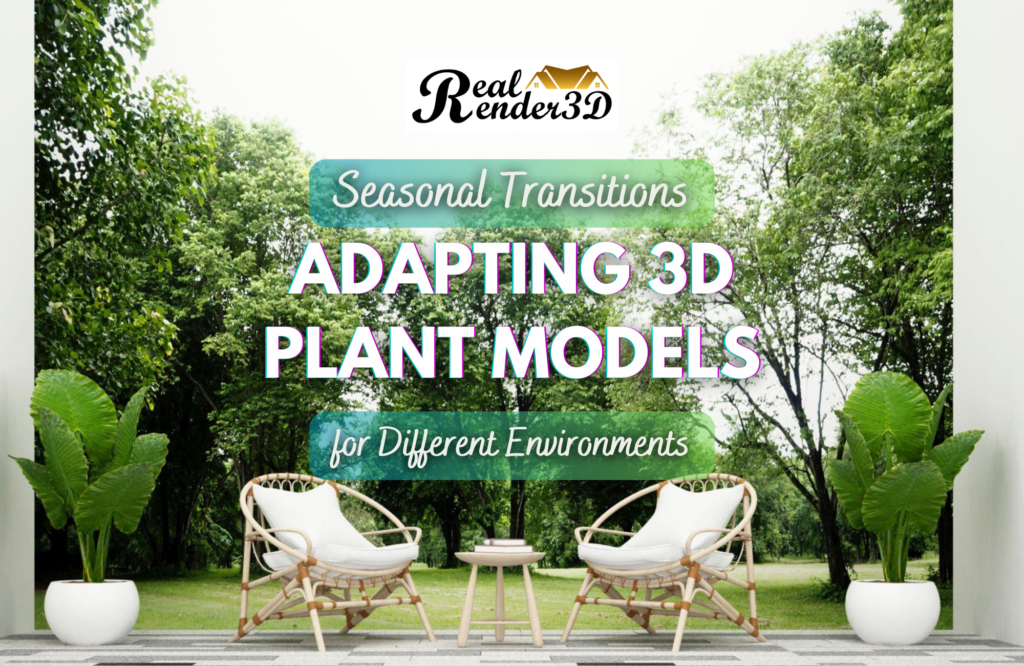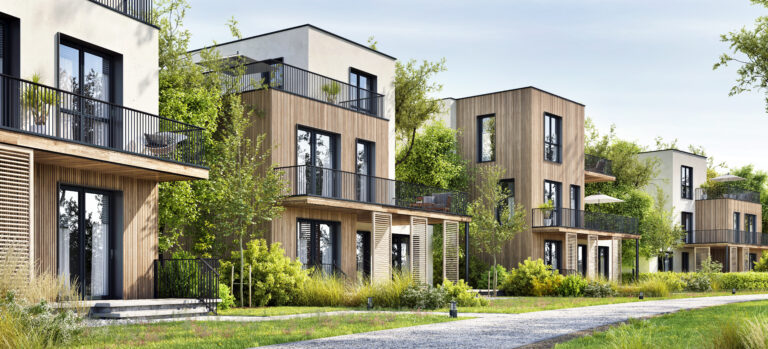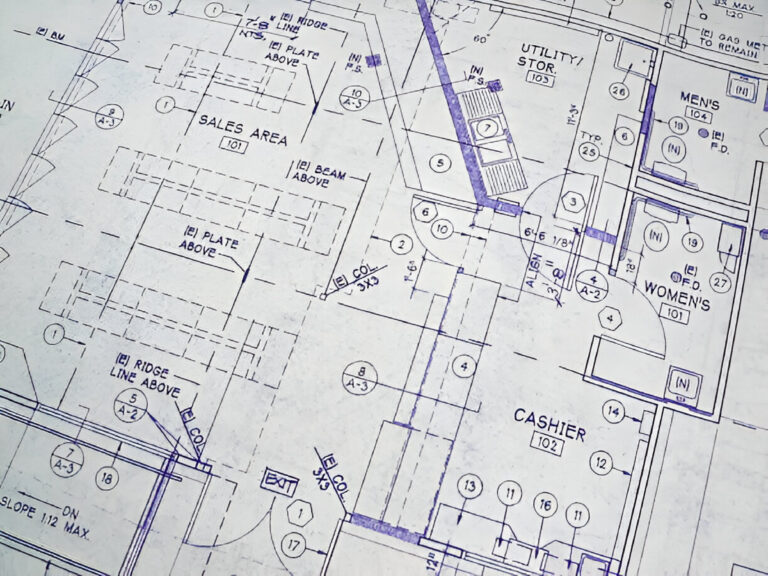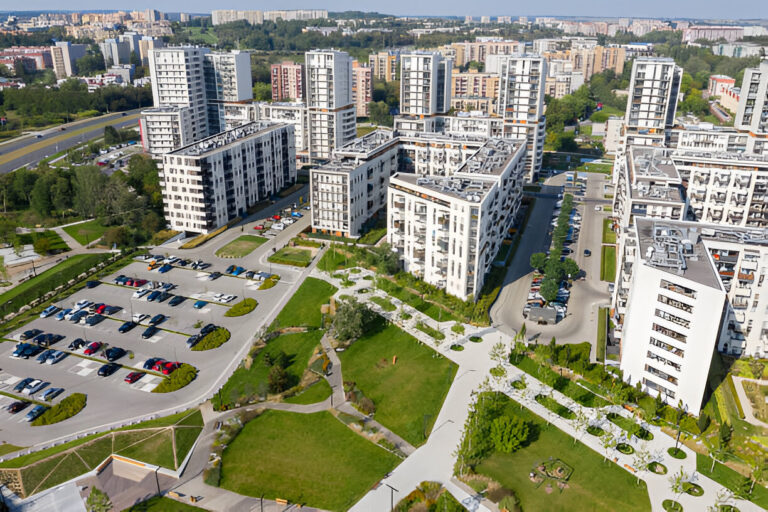Introduction
In the vibrant world of 3D modeling, creating environments that evolve with the seasons adds a layer of realism and dynamism. As technology advances, the demand for adaptable 3D Plant Models capable of transitioning seamlessly between seasons has become increasingly prominent. This article explores the art and science behind adapting 3D plant models to reflect the ever-changing beauty of nature, drawing upon the rich repository of the 3D Plant Models Library to bring these dynamic environments to life.
Understanding Seasonal Changes
The first step in creating 3D environments is understanding how seasons affect plant life in the real world. From the blossoming colors of spring to the serene snow-covered landscapes of winter, each season brings a unique set of characteristics that must be mirrored in the virtual realm. Capturing the essence of seasonal changes adds depth and authenticity to 3D scenes.
Importance of Seasonal Adaptations
Embracing the ebb and flow of nature’s seasons adds a profound layer of authenticity to virtual environments. In the realm of architectural visualization, it allows designers to showcase structures in diverse settings, from the warm hues of autumn to the blossoming vibrancy of spring. For gaming and virtual experiences, seasonal adaptations create immersive worlds that evolve, captivating users with ever-changing landscapes. Moreover, in film and animation, the ability to seamlessly transition between seasons enriches storytelling, eliciting a heightened emotional response from audiences. The integration of diverse 3D plant models, including the versatile FBX 3D Plant Models from GlobePlants 3D Plant Models Library, further enhances these adaptations. This resource provides a rich array of botanical assets in the FBX format, elevating the visual appeal of 3D models and ensuring that virtual experiences not only mirror the dynamic beauty of the natural world but also foster a deeper connection between the audience and the digital environment.
Challenges in Seasonal Transitions and Adaptive 3D Plant Models
Navigating seasonal transitions and adaptive 3D plant models poses challenges in achieving authentic variations between seasons, requiring meticulous detailing in modeling and texturing. Balancing visual richness with computational efficiency, implementing LOD techniques, and adapting models to diverse ecosystems are key hurdles. Standardizing formats, like FBX, adds complexity, necessitating a delicate balance between flexibility and industry standards. Despite these challenges, technological advancements and robust 3D plant model libraries offer promising avenues for overcoming obstacles and enhancing realism in adaptive 3D environments.

Solutions and Best Practices
To overcome the challenges associated with seasonal transitions, developers and designers employ various techniques. These include optimizing models for different lighting conditions, adjusting textures to mimic seasonal changes, and utilizing sophisticated algorithms for dynamic adaptation. Or one way is to utilize the 3D Plant Models Library, an extensive repository that serves as the bedrock for diversity in plant models. Moreover, anchoring this adaptive journey is the integration of FBX 3D Plant Models. The flexibility embedded in the FBX format empowers designers to fine-tune plant models with precision.
1. Optimizing Textures: Mimicking Nature's Changes
For architects delving into the realm of adaptive 3D plant modeling, the meticulous optimization of textures is a crucial practice. To authentically replicate the dynamic changes in nature’s foliage across seasons, consider employing detailed methods:
- Seasonal Texture Maps: Develop maps for each season, capturing variations in color and brightness.
- Dynamic Color Adjustments: Implement changes in hues and tones to simulate evolving pigments.
- Specular Mapping for Reflectivity: Adjust shininess to mimic how light interacts with different surfaces.
- Custom Shader Development: Explore creating algorithms that govern light interaction for realism.
- High-Resolution Texture Photography: Source detailed texture images through high-quality plant photography.
- Real-Time Texture Blending: Implement techniques for smooth transitions between seasonal textures.
2. Dynamic Lighting Solutions: Capturing the Essence of Each Season
In tandem with optimizing textures, architects exploring adaptive 3D plant modeling must delve into dynamic lighting solutions to authentically capture the essence of each season. This involves employing advanced techniques to replicate the nuanced interplay of light and shadow that defines changing environmental conditions.
- Daylight Simulation:
Integrate daylight simulation algorithms to mimic the varying intensity and angle of sunlight throughout the year. This ensures accurate shadows and highlights, contributing to the realistic portrayal of seasonal transitions.
- Seasonal Color Temperature Shifts:
Introduce shifts in color temperature to mirror the changing hues of natural light across seasons. This subtle adjustment contributes to a more authentic representation of the warmth of summer or the cool tones of winter.
- Sun Path Animation:
Create sun path animations to visualize how sunlight interacts with the environment at different times of the day and year. This not only aids in accurate lighting adjustments but also provides a comprehensive understanding of the changing solar angles.
- Weather-Based Lighting Variations:
Incorporate variations in lighting based on the weather conditions typical of each season. For example, simulate softer light on overcast days or more intense illumination on clear, sunny days.

3. Harnessing the Power of 3D Plant Models Library
The 3D Plant Models Library not only expedites the design process but also provides a rich palette of options. Designers can select from an assortment of plant models, each pre-optimized for seasonal transitions. This library acts as a catalyst, enhancing the efficiency of adapting 3D plant models to different environments.
4. Fine-Tuning with FBX 3D Plant Models
The flexibility embedded in the FBX format empowers designers with precision in adjusting plant models to match the nuances of changing seasons. It goes beyond static representations, allowing for dynamic modifications that capture the essence of each season’s unique characteristics. By incorporating FBX 3D Plant Models into the workflow, designers ensure a responsive and realistic adaptation that adds depth and authenticity to digital environments.
Conclusion
In conclusion, seasonal transitions through adaptive 3D plant models are a digital symphony that harmonizes technology, creativity, and nature. From gaming realms to architectural visualization, the impact of these adaptations is profound. As we look to the future, the evolving trends promise an even more captivating and realistic virtual experience. The art of bringing seasons to life in the digital realm is an ongoing journey, and adaptive 3D plant models stand at the forefront, transforming pixels into a vibrant, ever-changing canvas.
Alex Smith is a content writer at RealRender3D, writing informative articles on 3D rendering, interior design, architecture, and related topics.
With over 15 years of experience at top UK architecture and interior design firms, Alex leverages his expertise to write engaging content educating readers on AEC industry trends and best practices.
Connect with Alex at alex@realrender3d.co.uk.










